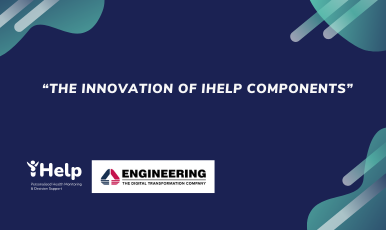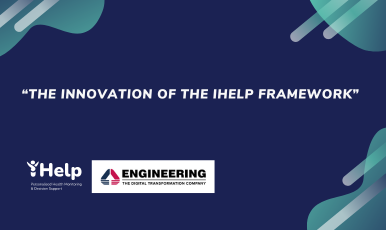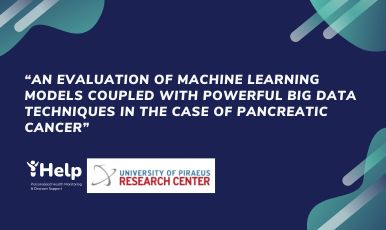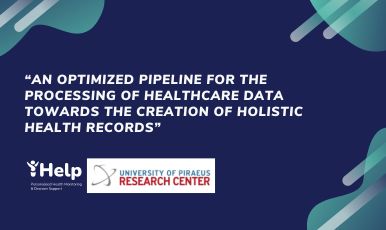The iHelp project will focus on the early identification and mitigation of the risks associated with Pancreatic Cancer. More specifically, it aims to create an innovative personalised-healthcare framework that empowers the collection, integration, and management of primary and secondary data from various sources in a ‘’Holistic Health Records (HHR)’’ structure. The actions will be based on the application on advanced AI-based learning and decision support techniques on the primary and secondary data of Cancer patients, gathered from established data banks and cohorts.
Athens Technology Center (ATC), as a first step, aims to address how data is modeled in a HL7 FHIR structure in order to re-organize them in a new structure that reflects information on personalized parameters. As a second step, AI-based novel anomaly detection algorithms will be delivered, in order to assist in revealing the risks and related knowledge from the integrated HHR structures. Based on the analysis of a variety of both historic and real-time data for each patient, relevant predictions and assessments will provide knowledge referring to different types of risks as well as their evolution in time. Moreover, AI techniques will also be used for the evaluation of the impact of different symptoms, decisions, and environmental conditions.
 Frugal AI models are possibly needed since the information might be abundant or expensive to labels -such as health records and images. In particular, Active Learning intends to learn the characteristics of different classes by choosing which examples it will consider and, thus, reducing drastically the amount of data for training, in this sense models such as Matching Nets might be proven valuable.
Frugal AI models are possibly needed since the information might be abundant or expensive to labels -such as health records and images. In particular, Active Learning intends to learn the characteristics of different classes by choosing which examples it will consider and, thus, reducing drastically the amount of data for training, in this sense models such as Matching Nets might be proven valuable.
Finally, anomaly detection models must be trained, in order to distinguish healthy and not healthy people – the data coming from the latter will be further processed. Anomaly detection models have seen a great development lately. Generative Adversarial Nets (GANs), Autoencoders, and Variational Autoencoders (VAE) are state-of-the-art models, that learn to recognize normal behavior, and then calculate anomaly scores for the data, in order to identity irregularities. Based on the characteristics of the data, the most suitable model will be chosen.






